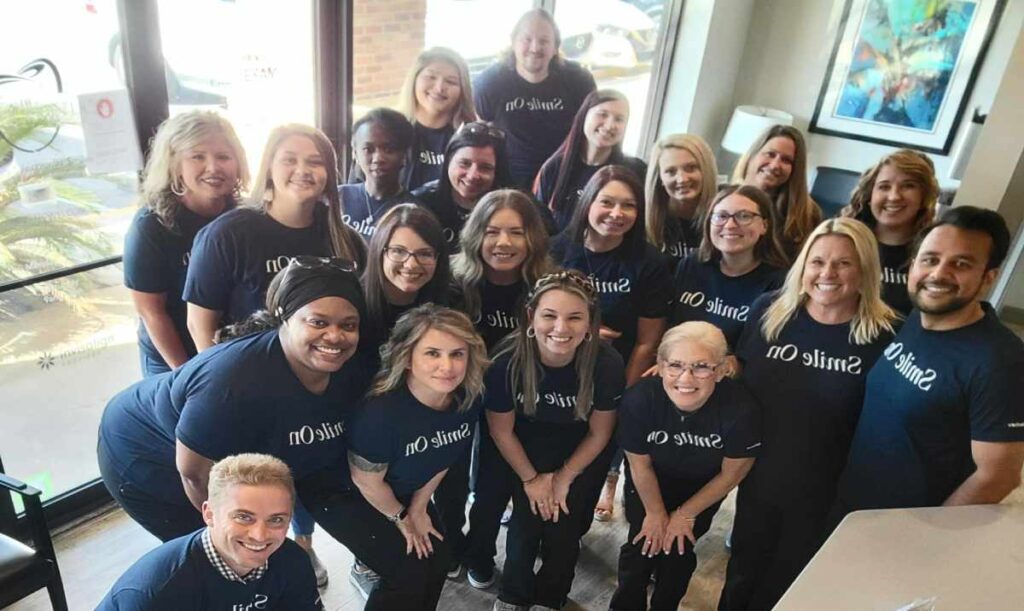Your smile is one of the first things people notice about you, so it’s no surprise that we all want nice-looking smiles. Getting the smile you want may just require whitening, or a little straightening. Even if they have straight, white teeth, some people are still self-conscious about their smiles because of their gums. If you are one of these people, you may want to consider gum contouring after braces or Invisalign.
What Is Gum Reshaping?
Gum contouring, also known as gum reshaping, is a surgical procedure that changes the looks of the gums around your teeth. If you have too much gum tissue, the excess is removed; if your gums have receded, gum tissue is restored.
While most orthodontists don’t perform the actual surgery, they are often involved in determining whether this type of treatment is needed and ensuring the teeth are in their proper positions before the procedure.
Gum Contouring Cost
Because gum contouring is generally a cosmetic procedure, which means it won’t affect your physical health, it generally is not covered by dental insurance. This leaves the entire bill for you to pay out-of-pocket. Occasionally gum reshaping is considered medically necessary, particularly if your gums have receded due to periodontal disease and you are at risk of losing one or more teeth.
The cost of the procedure varies, based on where you live and how much of your gums need to be reshaped. One tooth may cost between $50 and $300 dollars, compared to treating the entire mouth, which may cost upwards of $3000.
Before or After Braces
If you have more than one thing to fix on your smile, it can be hard to decide which to do first. As with teeth whitening and dental implants, it’s best to get braces or Invisalign before reshaping your gums. Having your teeth in their proper positions will ensure your gums look great once the surgery is complete.
Does Gum Contouring Hurt?
Gum contouring is an out-patient procedure that is generally performed in one visit and takes an hour or two. Most patients are awake during the surgery and are given local anesthesia to numb the area, so there is no pain while the doctor is fixing the gums.
As with the cost, the amount of discomfort you experience after the procedure often depends on how much of your gums was altered. An ice pack placed on the affected areas a couple times a day can help relieve any pain and reduce swelling. Your doctor may prescribe you a pain reliever to take, or recommend taking an over-the-counter medication like Tylenol, Advil, or Motrin. Eating soft foods such as yogurt, applesauce, mashed potatoes, noodles, and soups will keep you from accidentally causing additional pain with crunchy or hard-to-chew foods.
If you have had braces or are currently getting orthodontic treatment and think you might still be self-conscious about your smile, talk to your orthodontist about gum contouring. It might be the missing piece that will allow you to share your smile with confidence.



